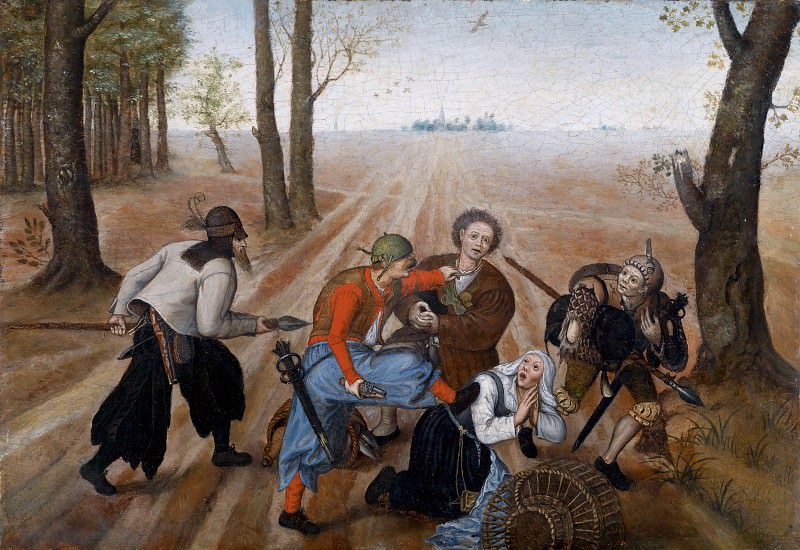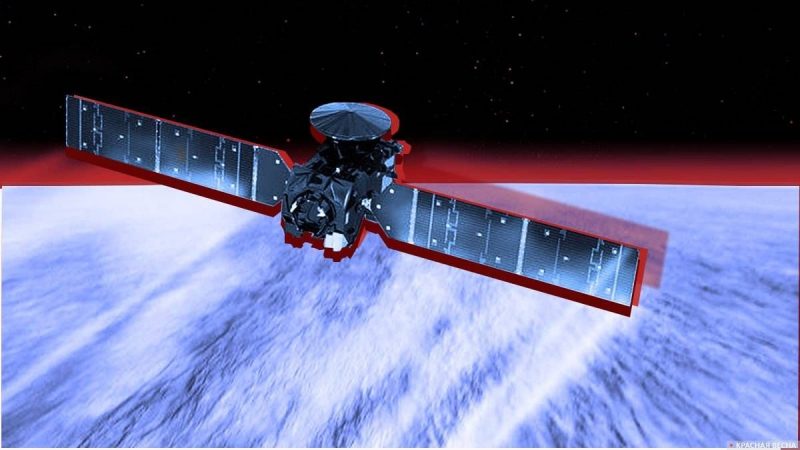30.03.2021, Aleksandrovskoye.
The Bolsheviks were successors to Holy Russia as the Third Rome, and they expressed Russia’s intrahistoria, political scientist and the leader of the Essence of Time movement Sergey Kurginyan said on March 26 on the TK Union TV channel.
The political scientist reminded the theory of Spanish writer and philosopher Miguel de Unamuno about intra- and extrahistoria. “There is history as the surface of a ball, and something can change on the surface. Inside, there is a core, and the core keeps what it contains.” The inner unvaried constants are what experts call sociocultural codes, the political scientist noted.
He compared this understanding of history with a live cell. “A cell has a nucleus and a periphery; some outer shells have to change all the time, while something inside must be responsible for reproduction. The genome remains the same.”
All that makes the content of Russian history ― “Holy Russia, the Empire of St. Petersburg, which seemingly rejected much of the Holy Russia, then the Bolsheviks, who totally rejected the empire, then the Bolsheviks were rejected themselves” ― all this, according to Kurginyan, belongs to the outer, extrahistoria of the country having no effect on its inner history, i.e. intrahistoria.
“Everything changes, sometimes dramatically, to the exact opposite. In fact however, something is maintained, and after this storm ends this extrahistoria goes away, everyone says, ‘Oh my God, everything is different now, and it is not even clear whether it exists.’ Suddenly, everything strangely reconstructs to its previous condition,” Kurginyan explained his view of the “outer” and “inner” history.
The expert reminded that, surprisingly, the Bolsheviks, who “rearranged and radically changed everything, in terms of extrahistoria,” turned out to be successors to the Holy Russia. They relocated their capital from Petrograd back to Moscow, they restored the Patriarchate, and they did many more things. “And they said that they were not obliged to follow the West, and that they would take a different path, and thus they restored much of what was called the Third Rome, or Holy Russia,” Kurginyan stressed.
“On the outside, on the outer part something can change, sometimes dramatically, but something inside is maintained, and this feeling always emerges when you look into Russian history,” the leader of Essence of Time concluded.
Miguel de Unamuno (1864-1936) was a Spanish philosopher, writer, and poet. From the positions of existential philosophy, he defined two levels in history. One level of history is formal and official, external, transient ― this is extrahistoria. The other level is the genuine, existential, irrational, transcendent being ― this is intrahistoria, i.e. “inner” history.
This intrahistoria, according to Unamuno, preserves the people’s spirit; it manifests in the language and the soul of the people, their everyday culture, and intuitive folklore art.
The “outer” level of history is where events happen like waves on the surface of the sea, separating and connecting people only formally, Unamuno believed. Intrahistoria is the depths of the sea; this is the inconspicuous, existential, genuine life of the people, the events that are stored in the deep layers of the people’s life, which establish genuine connections between people.
In 1936, after dictator Franco came to power, Unamuno was placed under house arrest for publicly condemning the fascist slogan “Viva la muerte!” and he died soon after that.
Source: Rossa Primavera News Agency




